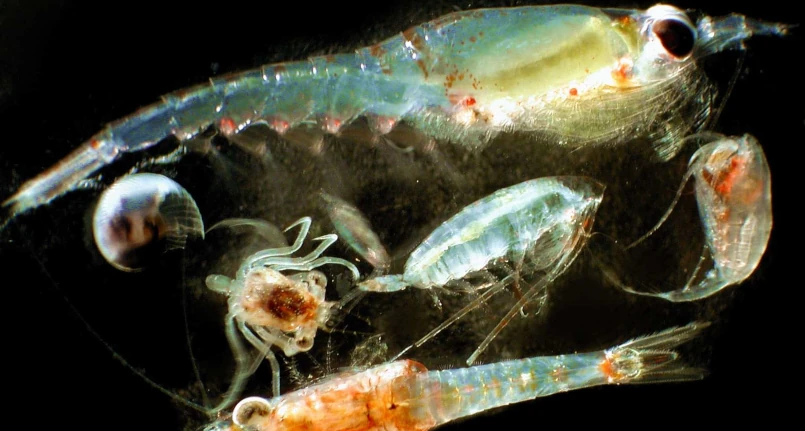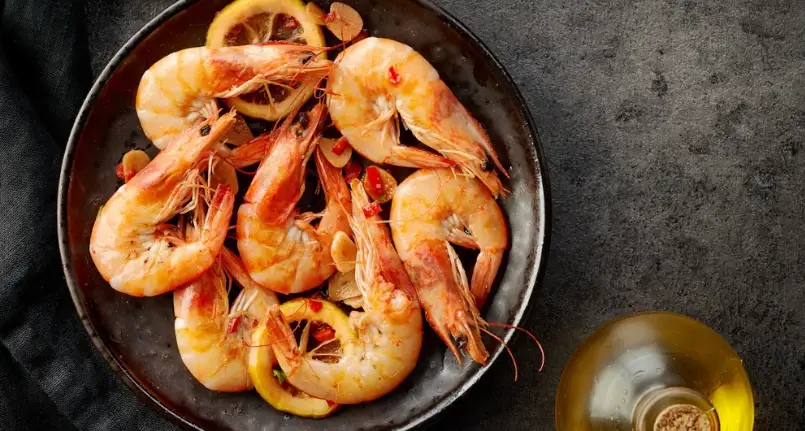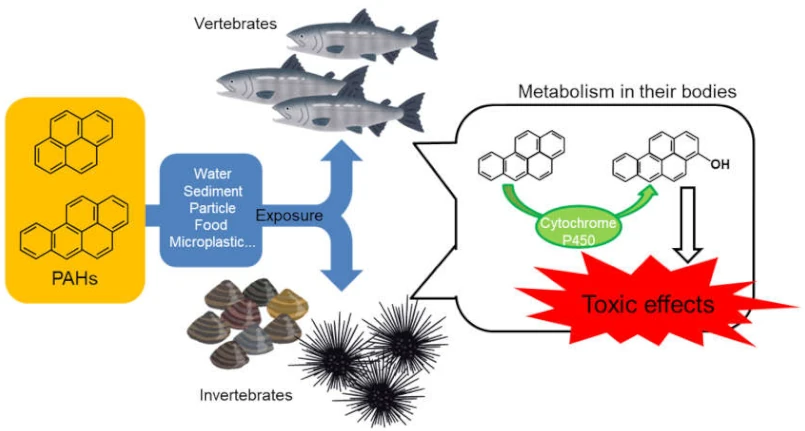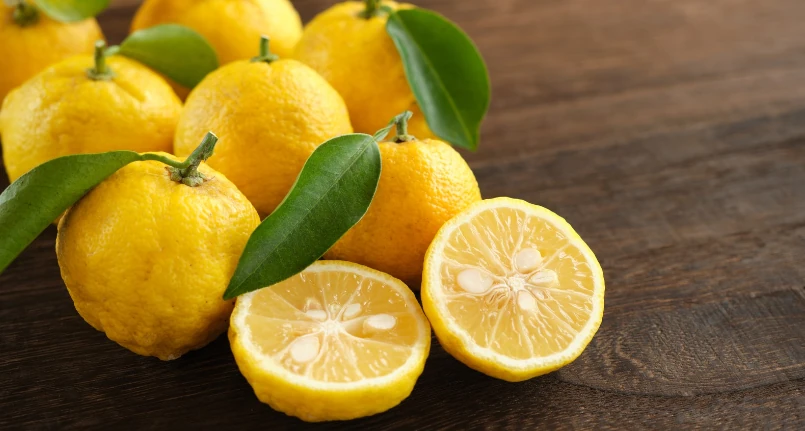What is zooplankton
Introduction to zooplankton
Zooplankton is a type of plankton (a set of aquatic organisms) that is heterotrophic (i.e. it is unable to synthesize its own nourishment independently) that feeds on bacterioplankton, phytoplankton, other zooplankton, nektonic organisms and decomposition residues (detritivorous attitude) .
Some elements of the zooplankton are caught by man and used for various purposes. For example, krill (very small crustaceans ) is used in aquaculture as fodder for the breeding of some fish. Furthermore, an edible oil can be extracted from krill , generally used as a supplement, very rich in omega 3 ( EPA and DHA ) and fat-soluble vitamins .
The presence of zooplankton in seas and waterways is essential. It is at the base of the food chain as a prey for many creatures and, also having a detritus-eating attitude, participates in a polyvalent way in supporting the balance of the ecosystem. However, the growing level of pollution and professional fishing (of krill) are, in some areas of the planet, compromising the density of zooplankton with worrying repercussions to say the least.
Nutritional properties
Nutritional properties of zooplankton
When we talk about the nutritional properties of zooplankton, we mean more precisely the chemical characteristics of krill. Krill is a portion of the zooplankton made up of animals of the Subphylum Crustacea, Class Malacostraca, Superorder Eucarida and Order Euphausiacea. The numerous Families and various Genera of krill colonize, even if sometimes in a sectoral way, all the oceans and the Mediterranean Sea.
Zooplankton is a nutritional source of high biological value proteins , omega 3 fatty acids and vitamin A ; these characteristics would make it a worthy exponent of the first fundamental group of foods . However, since it is not used for specific gastronomic applications, zooplankton cannot be considered a real food. Precious oily derivatives are obtained from zooplankton, rich in docosahexaenoic and eicosapentaenoic polyunsaturated fatty acids , and vitamin A; they are mainly used as supplements . Furthermore, zooplankton krill is also a widely used feed for feeding pets and farmed fish.
In 2011, the United States Food and Drug Administration (FDA) issued a letter of no objection to recognition of krill oil as a safe product for human consumption (GRAS).
Did you know that…
The densest area of krill is Antarctica, where it is estimated that around 400 million tons of small crustaceans can reside. However, fishing is on the increase, with a + 39% between 2010-2014. The countries that take the most are: Norway, Korea and China.
Zooplankton: eicosapentaenoic and docosahexaenoic acid
Produced in the body starting from alpha linolenic acid (ALA – typical of foods of vegetable origin such as oilseeds , the germ of starchy seeds , vegetables , fruits, etc.), even though they are metabolically more active than their precursor, the eicosapentaenoic acid and docosahexaenoic acid (EPA and DHA) are not considered essential.
On the other hand, the metabolic pathway of omega 3 is partially shared by omega 6 which, being more abundant in the diet, tend to limit the availability of enzymes . For this reason it is recommended to divide the dietary intake of omega 3 by taking not only foods rich in ALA, but also foods with EPA and DHA. When the diet is not rich enough in eicosapentaenoic and docosahexaenoic acid, it can be very helpful to use a dietary supplement such as krill oil, algae oil , phytoplankton powder, etc.
EPA and DHA perform many beneficial functions; the main ones are:
- Cell membrane constituent
- Precursor of anti-inflammatory eicosanoids , which fight metabolic inflammation
- Antiplatelet agents , thin the blood
- They improve the profile of lipaemia, especially by decreasing triglycerides in the blood
- They modulate blood pressure , reducing it if excessive
- They counteract the serious damage of type 2 diabetes mellitus
- At a young age they support eye and brain development
- They preserve brain activity in old age
- They can improve mood by counteracting certain depressive symptoms
- It is hypothesized that they act positively on the inflammatory sports pictures of injuries to tendons , joints and muscles .
However, it must be specified that EPA and DHA are perishable nutrients and must not be exposed to: light, heat, oxygen and free radicals . For greater conservation, antioxidant vitamins such as tocopherols ( vitamin E ) and some equivalent retinols ( provitamins A, such as carotenoids , for example beta carotene , astaxanthin , lycopene , etc.) are added (if the natural concentration is not sufficient). . Also, the preservation of oils rich in omega 3it must possibly take place in the refrigerator, in airtight and dark containers, for limited periods of time.
We conclude by emphasizing that zooplankton oil is qualitatively superior to that of fish (for example salmon ) and fish liver (for example cod ). Equaled only by algae oil (which are not part of the phytoplankton and are instead multicellular), it has an excellent degree of purity and a very low concentration of pollutants ( mercury , lead , dioxins , etc.). It is mainly marketed in the form of gelled capsules .
Flavor of zooplankton
Zooplankton have a salty taste and a more intense fishy flavor than the usual shrimp . The non- digestible chitin-based exoskeleton must be removed before processing.
Ecology
What is zooplankton made up of?
Zooplankton is a category that encompasses a wide range of organisms, varying in size, including small protozoa and large metazoans.
It includes holoplanktonic organisms whose entire life cycle develops within plankton, but also meroplanktonic organisms which spend part of their life in plankton before passing on to benthic existence.
Although zooplankton are mainly transported by water currents, many organisms have autonomous locomotion, mainly used to avoid predators or for hunting.
Main groups of zooplankton
The ecologically most important groups of protozoan zooplankton are the foraminifera, radiolarians and dinoflagellates (some mixotropic).
Among the metazoans, however, we mention:
- Cnidarians, like jellyfish
- Crustaceans, such as copepods, ostracods, isopods, amphipods, mysids, and krill
- Ketognathes ( worms )
- Molluscs , such as pteropods
- Chordates, such as salpids and juveniles.
Feeding habits and attitudes of zooplankton
This large phylogenetic range results in some variability in feeding behavior ; systems such as filtration, predation and symbiosis with autotrophic phytoplankton (microalgae) coexist.
Zooplankton feed on: bacterioplankton, phytoplankton, other zooplankton (also cannibalism), detritus and even nektonic organisms. Consequently, zooplankton are found mainly, but not only, in surface waters where resources (phytoplankton or other zooplankton) are abundant.
Movements and migrations of zooplankton
Despite moving within vast oceans, zooplankton can limit themselves to colonizing even a single geographical area. The innumerable species of zooplankton are not distributed randomly or evenly, but in patches.
Although above the mesopelagic there are few “physical barriers” to prevent the migration of zooplankton, some species are strictly bound to the parameters of salinity and temperature; others, on the other hand, can withstand much more variable gradients.
The distribution of zooplankton can also be influenced by biological factors, as well as other physical factors. Biological factors include reproduction , predation, phytoplankton concentration, and vertical migration (up the water column). The physical factor that most influences zooplankton distribution is the mixing of the water column which affects nutrient availability and, in turn, phytoplankton production.
Biological role of zooplankton
Zooplankton play a key role in maintaining the aquatic food chain. This is because, through the consumption and processing of phytoplankton, bacterioplankton and organic material, zooplankton grow and assume the role of food resource for higher trophic level organisms (including fish and some cetaceans). Being small in size, as the phytoplankton grow (for example during spring flowering), the zooplankton respond by increasing rapidly.
Zooplankton and cholera
Zooplankton can also act as an incubator for certain infectious diseases. For example, it has been discovered that zooplankton crustaceans host – or rather carry – the bacterium Vibrio cholerae (cause of cholera). This occurs because the vibrios are capable of adhering to the chitinous exoskeleton, obtaining carbon and nitrogen from it , thus improving their ability to survive.




